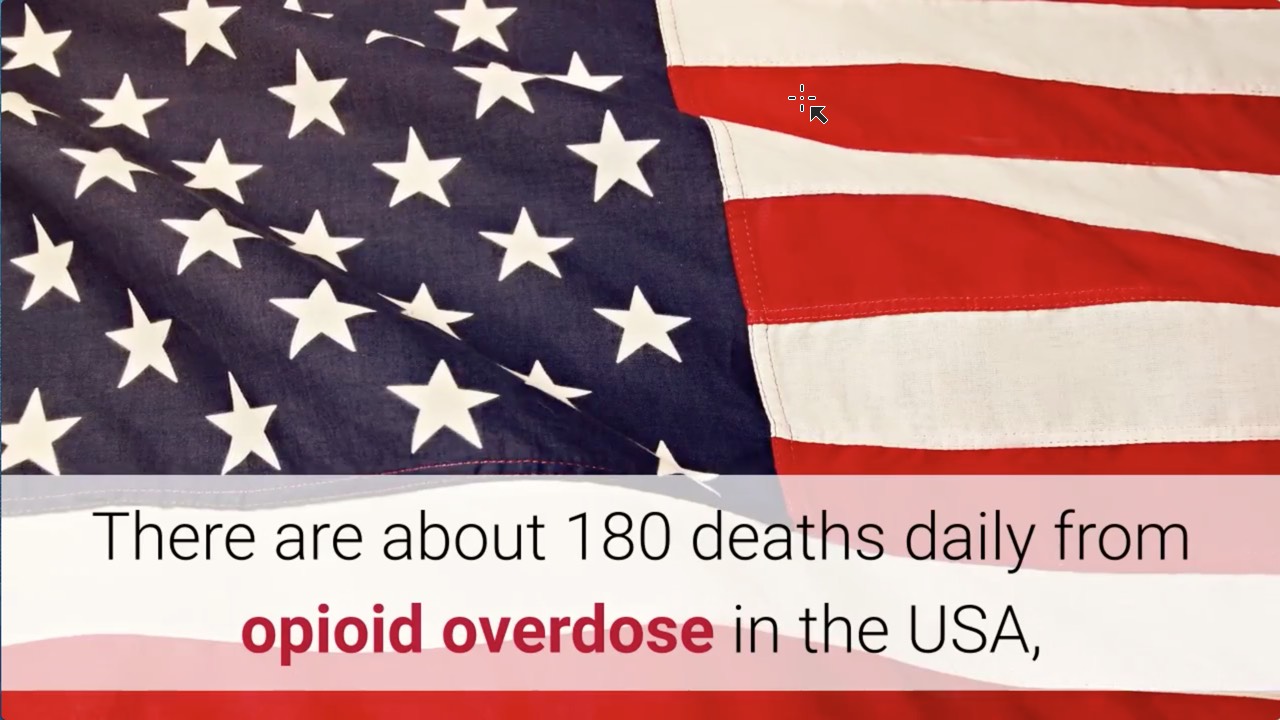Top reasons why we treat opioid addiction
Opioids have been abused for a long period of time. Opiate use escalated in the early 1980s, when Big Pharma pushed for the treatment of pain without recognizing their abuse potential. At that time, health organizations and hospitals pushed for pain control by distributing sketches of facial grimaces depicting pain scales to treat pain accordingly.
The end result was more written prescriptions. That led to the current opioid epidemic; according to the Center For Disease Control, hospitals in the United States see an average of 1,000 patients a day for abuse of prescription opiates (such as methadone, oxycodone and hydrocodone).
How much has the death rate increased? Since 1990, more than 200,000 deaths have been attributed to an overdoses from prescription opioids — at a rate of nearly 50 deaths daily.
Lately, awareness by physicians of the current opioid epidemic crisis has shifted the pendulum to the other side, leading to less prescriptions written for painkillers. This has led the patient to seek street heroin. Heroin use has increased with changing of the composition of some of the prescription painkillers. Also, the use of heroin has increased with the rising cost of hard-to-get prescription painkillers. With intravenous heroin use, the rate of overdose death increased. In the last few years overdose death from heroin has jumped because of lacing heroin with fentanyl—a surgical anesthetic opiate which is 50 times more potent than heroin.
There are about 180 deaths daily from opioid overdose in the USA, surpassing all other causes of mortality. This number is expected to rise even higher.
Here are some statistics of the opioid crisis:
- Overdose is the leading cause of accidental death in USA.
- In 2015: There were 52,000 lethal cases—including 20,000 due to prescription painkiller overdose deaths and 13,000 fatal heroin overdoses.
- In 2015: There were 21 million substance use disorder cases. Two million cases related to prescription drugs and 600,000 related to heroin.
- From 1999-2008: The rise in deaths from prescription painkillers and sales of such pills quadrupled. Admissions to hospitals due to overdose increased sixfold.
- In 2012: There were 259 million prescriptions written for painkiller medications, which would cover one prescription for each American adult.
- In 2014: 94% of users chose heroin over prescription medications because pills were more expensive and harder to get.
- Among heroin users, 23% develop opioid addiction.
These facts and statistics are worrisome because of the rising deaths affecting so many families. It should be an obligation and top priority for health care professionals (especially addiction specialists) to help treat these dependent patients to prevent further overdoses and deaths.


